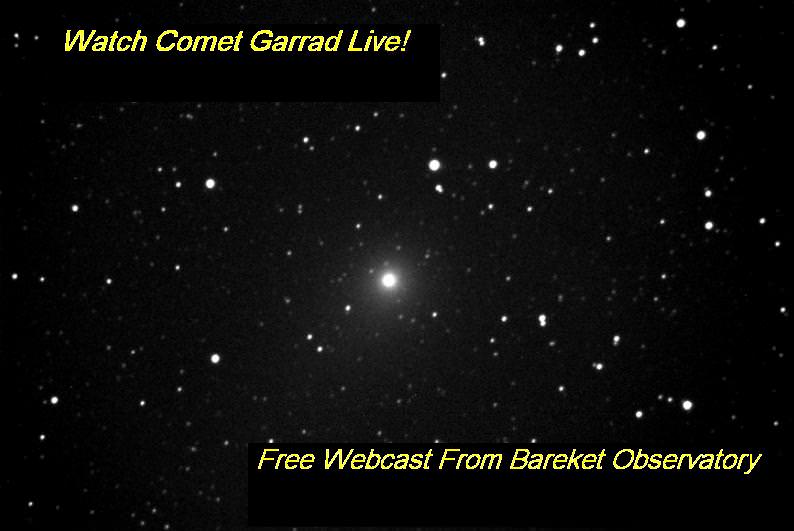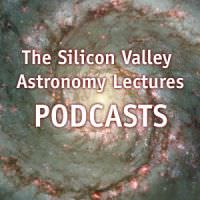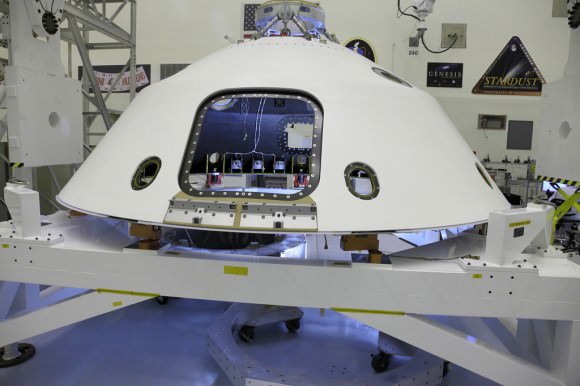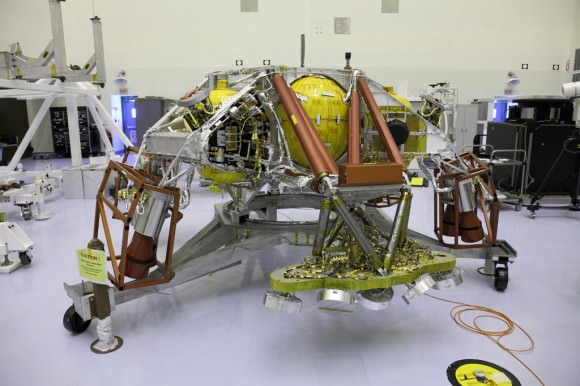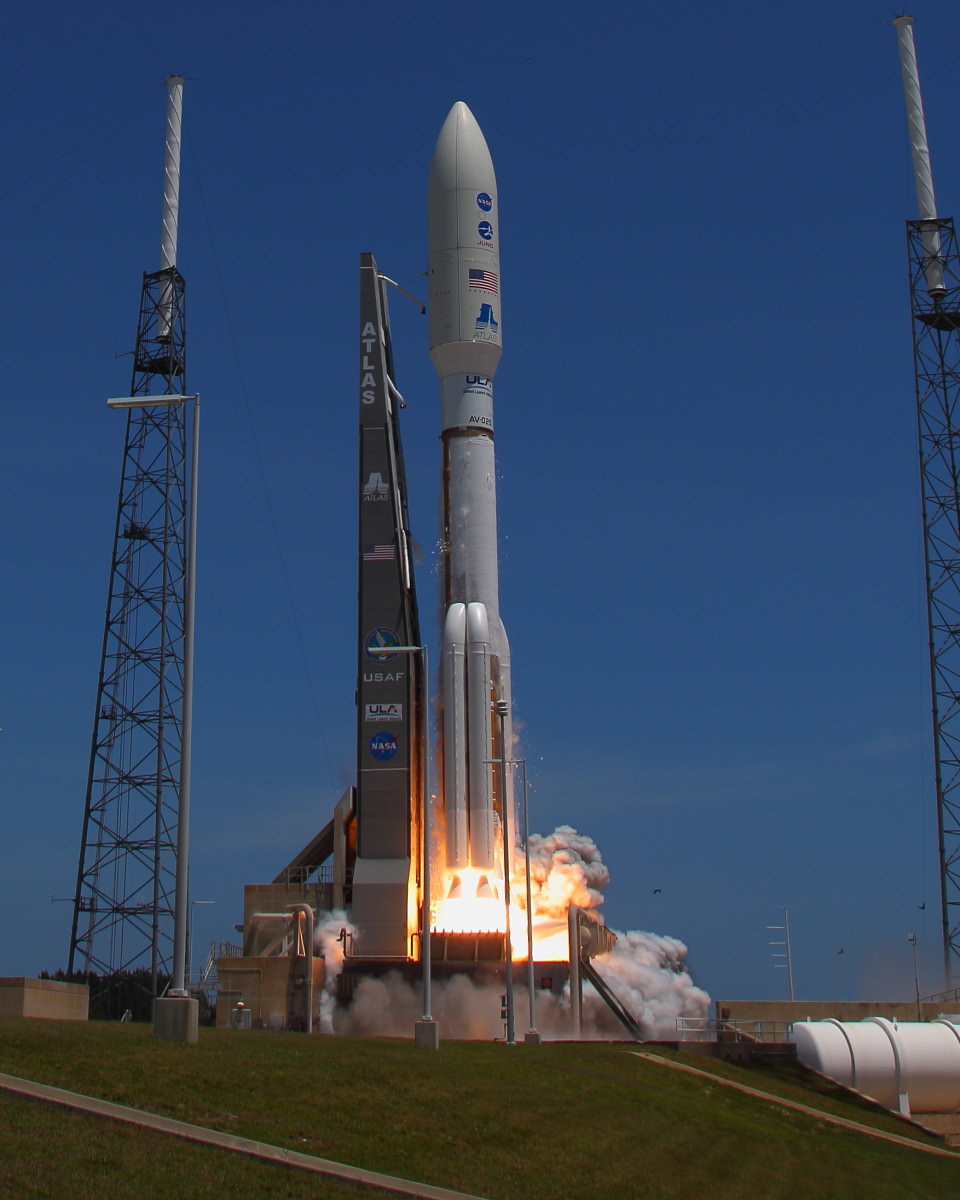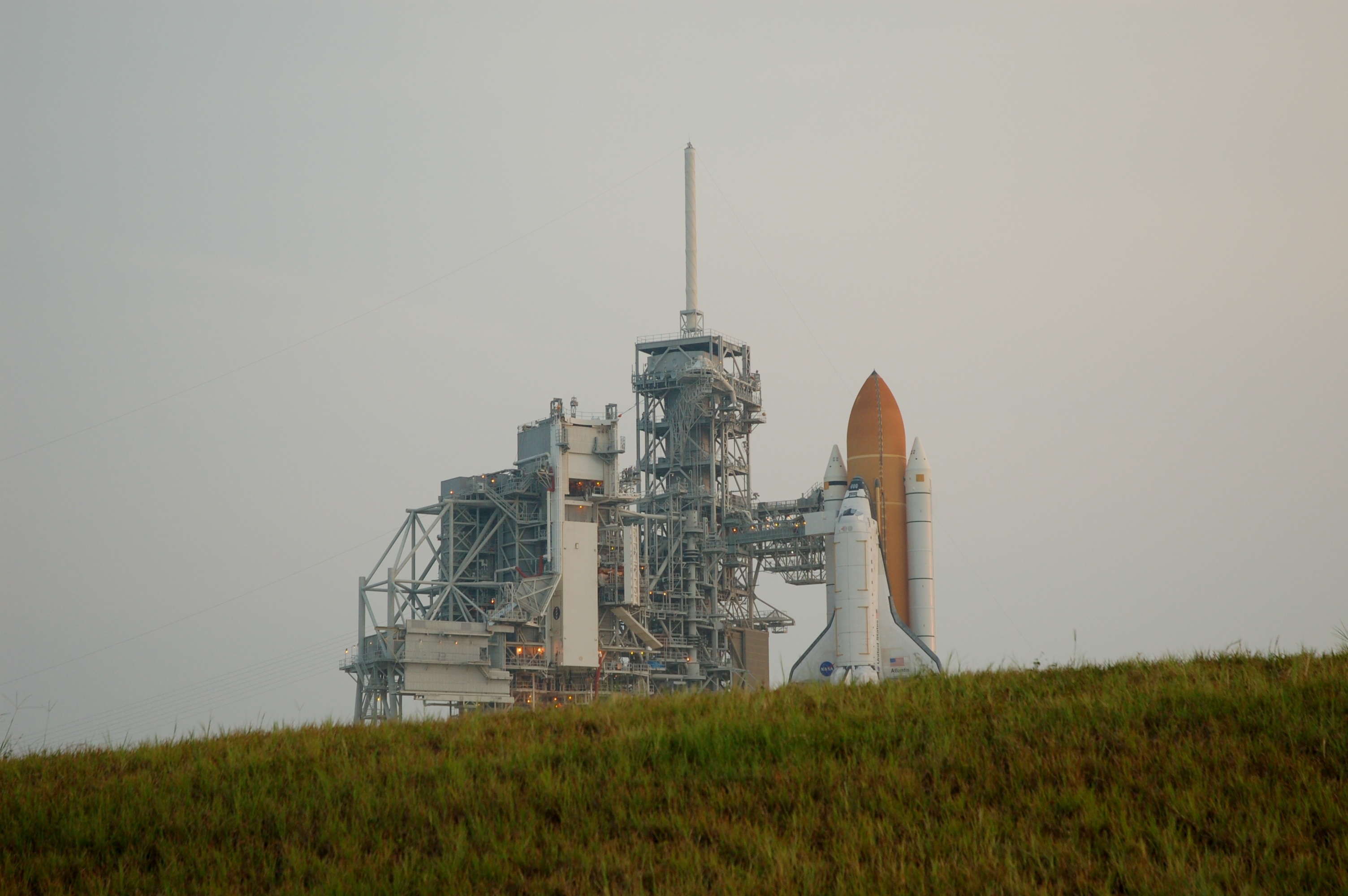[/caption]
Are you ready for some excitement? How would you like to watch a LIVE broadcast of Comet C2009 P1 Garradd right here on Universe Today?! Thanks to our good friends at Bareket Observatory and clear skies in Israel, we can do just that! Step inside to our virtual observatory…
Before you get upset and think there’s something wrong, there are a few things you must remember about watching a live telescope broadcast. If there are clouds – you will see no image. If the camera isn’t turned on and broadcasting – you will only see the blue “frame” below where the image is meant to be. Because the data load is so huge from the incoming images, it limits itself to refreshing about every 30 to 60 seconds. This means the image will appear static, then reset itself. If you watch for a period of perhaps 10 minutes or so, you will notice appreciable movement against the background stars. The tracking is set on the nucleus of the comet, so the comet won’t appear to move – the background stars will each time it refreshes. There can also be unforeseen glitches, (such as viewer overload) so please be patient! Last… There will be no image until the broadcast time. You don’t have to click anywhere else – when the broadcast is happening it will be right here where you see the frame below.
The live broadcast of Comet Garradd will take place on Monday, August 22 – 2100-0300 local Israel time (UTC+3). To give you some help figuring times, here’s a very brief listing that’s in absolutely no particular order:
- Shanghai – Tue 2:00 AM – Tue 8:00 AM
- Sydney – Tue 4:00 AM – Tue 10:00 AM
- Zurich – Mon 8:00 PM – Tue 2:00 AM
- Moscow – Mon 10:00 PM – Tue 4:00 AM
- Rome – Mon 8:00 PM – Tue 2:00 AM
- London – Mon 7:00 PM – Tue 1:00 AM
- New York – Mon 2:00 PM – Mon 8:00 PM
- Mexico City – Mon 1:00 PM – Mon 7:00 PM
- Vancouver – Mon 11:00 AM – Mon 5:00 PM
- Honolulu – Mon 8:00 AM – Mon 2:00 PM
- New Delhi – Mon 11:30 PM – Tue 5:30 AM
- Johannesburg – Mon 8:00 PM – Tue 2:00 AM
- Tokyo – Tue 3:00 AM – Tue 9:00 AM
- Denver – Mon 12:00 Noon – Mon 6:00 PM
- San Francisco – Mon 11:00 AM – Mon 5:00 PM
- San Juan – Mon 2:00 PM – Mon 8:00 PM
- Anchorage – Mon 10:00 AM – Mon 4:00 PM
That having been said, the frame right below these words will be your virtual eyepiece!
Feel free to “take” any images you want and stitch together a video – or post ’em to your favorites sites. If you enjoyed the broadcast, won’t you take a few minutes and thank the hardworking, generous crew at Bareket Observatory? I am very sure they would appreciate it!
Other broadcast footage you might enjoy watching again are: Solar eclipse 2011 Solar Eclipse 2011, Lunar Eclipse 2011 Including Hands-on Activities, and NASA Deep Space Webcast.

